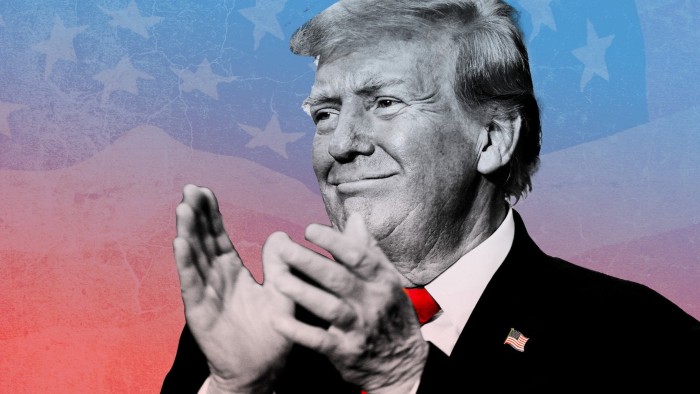Is Tariff-Driven Inflation Just a Myth? Exploring Current Economic Trends
In recent months, a prevailing narrative has suggested that tariffs imposed on imports are a primary driver of inflation. However, a closer examination reveals that the relationship between tariffs and inflation is far more complex than it appears. While many consumers and businesses feared an imminent rise in costs due to these economic policies, recent reports indicate that inflation has remained surprisingly stable. This article explores the underlying factors contributing to this unexpected economic calm, and what it means for the future of consumers and businesses alike.
The Tariff Debate: A Brief Overview
Tariffs are taxes imposed on imported goods, intended to protect domestic industries by making foreign products more expensive. Supporters of tariffs argue that they can stimulate local economies and create jobs. Critics, however, contend that tariffs lead to higher prices for consumers and can stifle competition. In recent years, particularly during the U.S.-China trade war, tariffs have been a hotly debated topic.
Current State of Inflation
According to the latest Consumer Price Index (CPI) data released by the Bureau of Labor Statistics, inflation rates have shown remarkable stability, hovering around 3% in mid-2023. This figure starkly contrasts with the higher rates experienced in previous years, which were often attributed to supply chain disruptions and the economic fallout from the COVID-19 pandemic.
Understanding Inflation: More Than Just Tariffs
To fully grasp the current inflation landscape, one must consider various factors beyond tariffs:
- Supply Chain Recovery: The global supply chain has gradually stabilized as manufacturers and logistic companies adapt to the post-pandemic reality. This has led to a reduction in shipping costs and improved availability of goods, contributing to price stabilization.
- Consumer Demand Shifts: As consumer behavior evolves, particularly with the rise of e-commerce, businesses have adapted their pricing strategies. The demand for certain goods has shifted, which can mitigate inflationary pressures.
- Monetary Policy Adjustments: Central banks have been vigilant in monitoring inflation and have adjusted interest rates accordingly. The Federal Reserve, for example, has raised rates to curb inflationary expectations, which has had a cooling effect on the economy.
- Global Economic Trends: Economic conditions in other countries also impact domestic inflation. For instance, if major trading partners experience economic downturns, it can lead to reduced demand for exports, thereby influencing prices domestically.
Consumer and Business Implications
The implications of stable inflation rates extend to both consumers and businesses. For consumers, stable prices mean that their purchasing power remains intact, allowing for more predictable budgeting and spending. Businesses, on the other hand, benefit from reduced uncertainty in pricing, which can enhance planning and investment decisions.
Adapting to the New Economic Reality
As businesses navigate this landscape, several strategies can be employed to adapt to the current economic conditions:
- Investing in Technology: Companies that leverage technology to streamline operations can reduce costs and improve efficiency, mitigating potential inflation impacts.
- Diversifying Supply Chains: Businesses should consider diversifying their supply chains to minimize risks associated with reliance on specific markets or suppliers.
- Consumer Engagement: Engaging with consumers through transparent pricing and value propositions can foster loyalty, even in a fluctuating economy.
Looking Ahead: What the Future Holds
As we look to the future, several key trends may shape the economic landscape:
- Continued Monitoring of Tariff Policies: The ongoing assessment of tariffs will be crucial. Policymakers must strike a balance between protecting domestic industries and ensuring consumer prices remain stable.
- Adapting to Global Economic Shifts: As global economic conditions evolve, businesses must be agile in response to changes that could impact supply chains and pricing structures.
- Focus on Sustainability: Consumers are becoming increasingly conscious of sustainability. Businesses that incorporate sustainable practices may gain a competitive edge in maintaining customer loyalty.
Conclusion
While the fear of tariff-driven inflation has permeated discussions around economic trends, the evidence suggests that other factors play a more significant role in shaping the current inflation landscape. The stability observed in recent months can be attributed to supply chain recovery, shifts in consumer demand, proactive monetary policies, and broader global economic trends. For consumers and businesses alike, understanding these dynamics is crucial in navigating the complexities of the modern economy.
As we move forward, staying informed and adaptable will be essential in responding to the ever-changing economic environment.
See more CCTV News Daily


